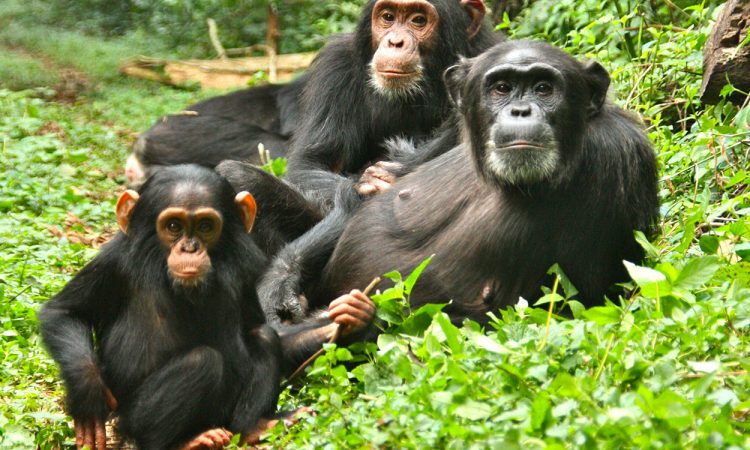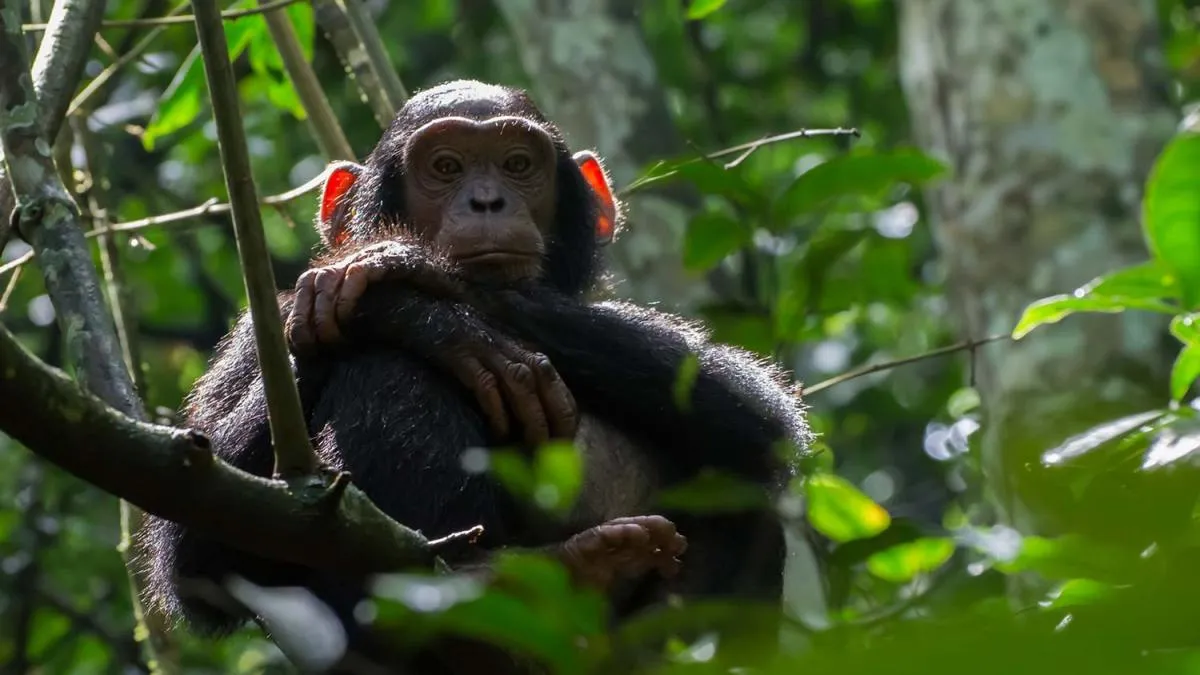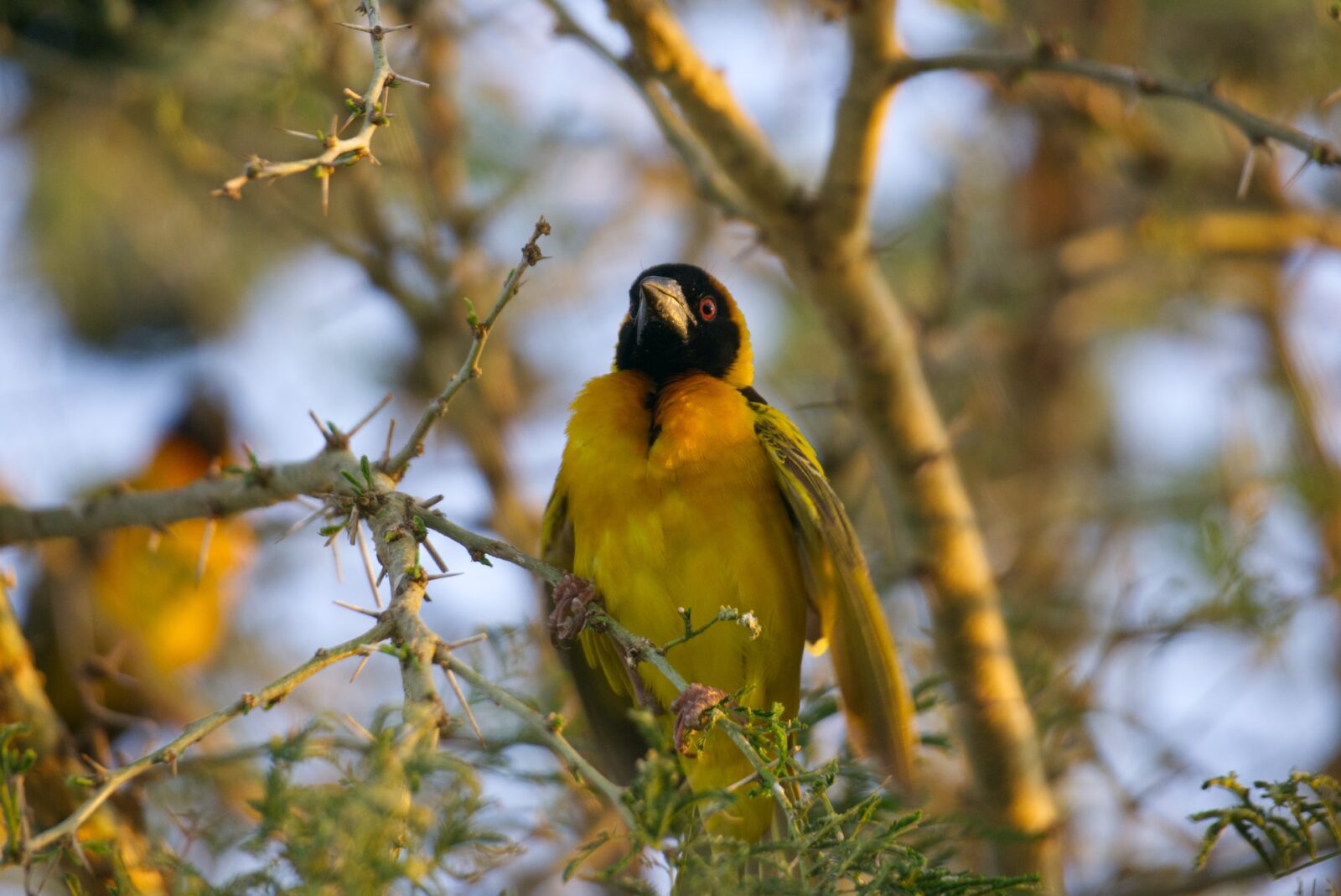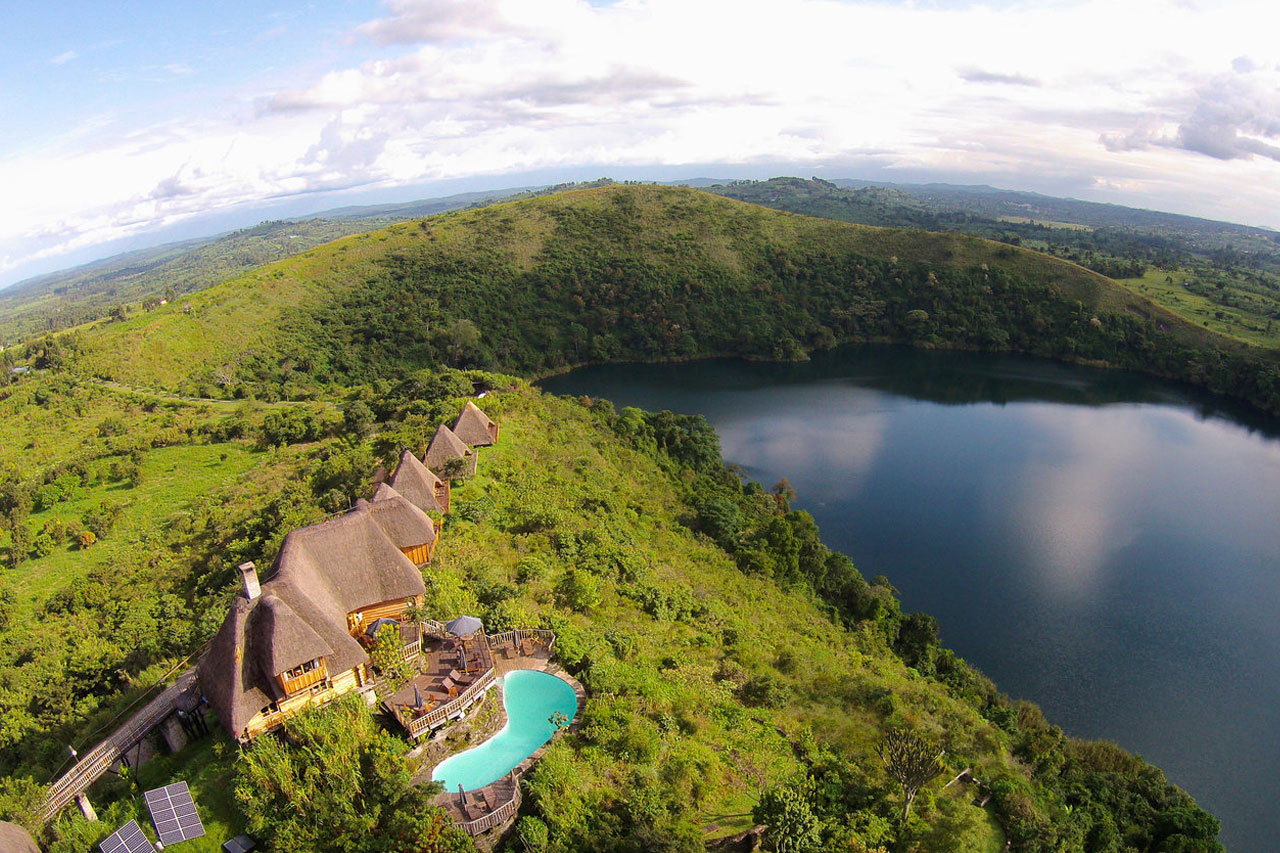
Kibale Forest National Park— Guide
Kibale Forest National Park – The Primate Capital of the World
Tucked in the lush heart of western Uganda, Kibale Forest National Park is a masterpiece of natural diversity, home to one of Africa’s richest and most enchanting rainforests. Spanning approximately 795 square kilometers, this magnificent park is celebrated as the Primate Capital of the World, harboring the highest concentration of primates on the continent — including over 1,500 chimpanzees, our closest wild relatives. With its dense tropical canopy, serene crater lakes, and thriving wildlife, Kibale offers a perfect blend of adventure, science, and tranquility for every nature lover.
A Forest of Life and Mystery
Kibale’s forest ecosystem is a tapestry of towering mahogany, fig, and ironwood trees that stretch into the mist. This ancient forest, part of the greater Albertine Rift Valley, connects seamlessly with Queen Elizabeth National Park, forming a vast wildlife corridor that sustains elephants, leopards, and countless other species.
The park’s altitude ranges from 1,100 to 1,600 meters, creating an ideal climate for both lowland and montane species. This diversity gives Kibale its exceptional richness — a meeting point of ecosystems that attracts scientists, conservationists, and travelers from around the world.
Chimpanzee Tracking – The Park’s Star Attraction
The highlight of any visit to Kibale is undoubtedly chimpanzee trekking, an experience that allows visitors to walk alongside these intelligent and charismatic primates in their natural habitat. Treks begin early each morning at the Kanyanchu Visitor Centre, where trained rangers lead small groups deep into the forest in search of one of the park’s habituated chimpanzee communities.
Once found, the experience is electric — chimps leap between trees, vocalize loudly, and display complex social behavior that mirrors human life. Observing them grooming, feeding, or playing together is both moving and fascinating. Visitors are allowed one hour with the chimps, a time filled with energy, laughter, and wonder.
For travelers seeking a deeper connection, Kibale also offers a Chimpanzee Habituation Experience, which allows up to four hours with a semi-habituated group. This extended encounter reveals the subtleties of chimp behavior — from their morning calls to the evening nest-building rituals — and is a favorite among wildlife photographers and researchers.
More Than Chimps – A Haven for 13 Primate Species
Kibale’s reputation as the “Primate Capital” is well earned. Beyond chimpanzees, the park hosts 12 other primate species, including:
Red-tailed monkeys
L’Hoest’s monkeys
Blue monkeys
Black-and-white colobus monkeys
Olive baboons
Grey-cheeked mangabeys
Bush babies and pottos (seen on night walks)
Nowhere else in East Africa can travelers encounter such primate diversity in one forest — making Kibale a dream destination for naturalists and photographers alike.
Birdlife and Other Wildlife
For birdwatchers, Kibale is a paradise. Over 370 bird species call the forest home, including 23 Albertine Rift endemics. Among the highlights are the African pitta, green-breasted pitta, African grey parrot, and black bee-eater. The forest floor is alive with butterflies and insects, while elephants, duikers, and bush pigs roam the deeper interiors.
Although elusive, leopards and golden cats are also part of Kibale’s diverse ecosystem, sharing the landscape with smaller predators like genets and mongooses.
Cultural Encounters – The Heart of the Batooro and Bakiga Lands
Surrounding Kibale are communities of the Batooro and Bakiga people, whose lives intertwine closely with the forest. Visitors can enjoy cultural tours that include traditional dances, storytelling, and visits to community projects. The Bigodi Wetland Sanctuary, located just outside the park, offers guided walks led by local residents, combining birdwatching with cultural interaction and supporting community-based conservation.
When to Visit Kibale
Kibale Forest can be visited year-round, but the best time for chimpanzee trekking is during the dry seasons — June to September and December to February — when trails are easier to navigate and sightings are most frequent.
The rainy months (March–May and October–November) transform the forest into a lush green wonderland, perfect for photographers, though trails can be muddy and slippery. Regardless of the season, sightings remain excellent as the chimps are always present in the park.
Accessibility and Accommodation
Kibale is easily accessible by road, approximately 6 hours’ drive from Kampala or 2 hours from Queen Elizabeth National Park, making it a convenient addition to any western Uganda safari circuit.
The region offers a range of accommodation options to suit all preferences — from luxury eco-lodges nestled in the forest canopy to mid-range and budget options overlooking the crater lakes. Many lodges also organize community walks, nocturnal forest explorations, and visits to nearby tea plantations for a well-rounded experience.
Conservation Significance
Kibale is not just a tourist destination — it’s a vital conservation hub. The park plays a key role in protecting Uganda’s tropical forests and wildlife corridors, maintaining the delicate balance between human activity and nature. Through responsible tourism and community partnerships, the park has become a model for sustainable wildlife management, ensuring that both people and primates thrive together.




